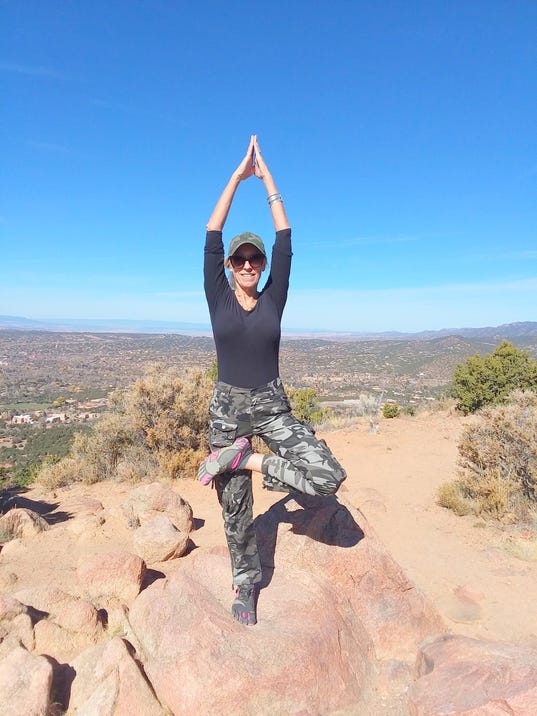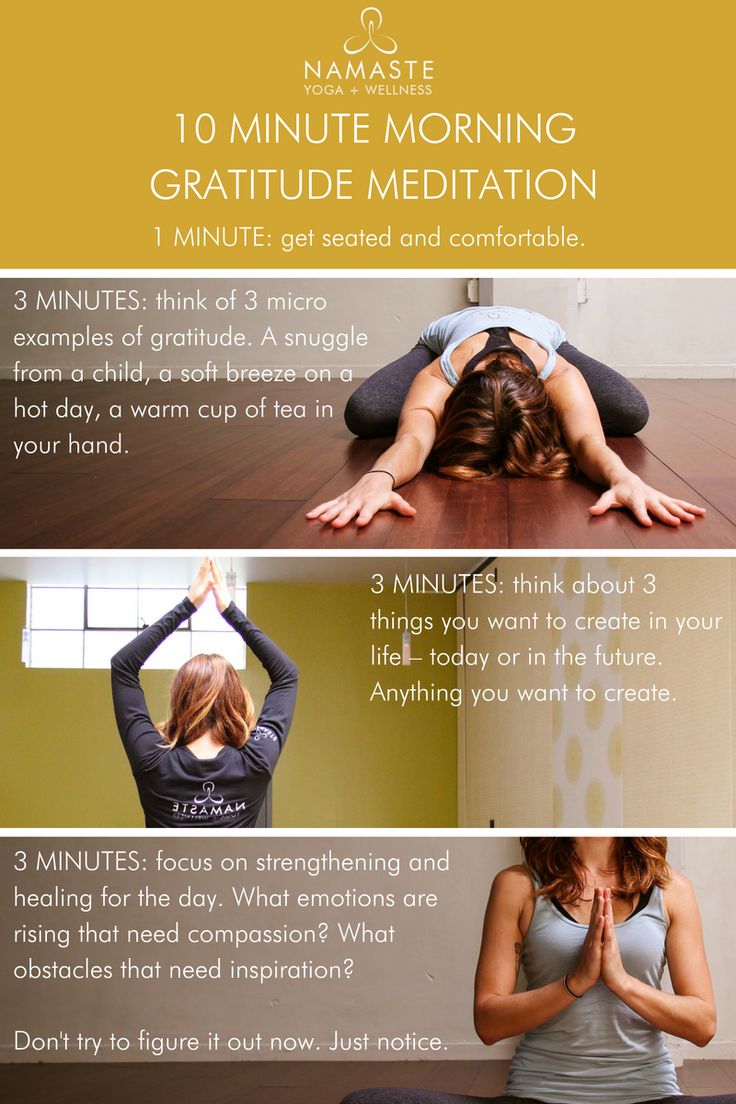
In the previous 3 articles, I gave tips on ways beginning or experienced yoga students can achieve more gratification and better results from their yoga practices. In this final installment, I discuss the advantages of a complimentary yoga practice to those with connective tissue and joint issues, and to athletes.
Connective tissue problems may involve: fascia, muscle and joints which have become debilitated from lack of use, repetitive motion injury, trauma or natural declines due to age, and may cause pain, restriction of movement or chronic dysfunction.
Many who train with weights, run or cycle, may experience the negative flip side to their training and developed musculature. They report inflexibility or may suffer from joint issues, yet may not think of yoga as a good supplement to their training. But when injury, pain or an inability to make gain arises, yoga can be the ideal antidote.
It may surprise an athletic student when the grandma on the yoga mat beside them is more limber. This can be an opportunity to set aside ego, but more importantly, yoga provides a valuable countermeasure to inflexibility and foreshorten muscles from the athletes’ strength building activities. Imbalance may be an issue with a well-developed, muscular physique, and also a hazard for seniors, precipitating injury from falls. For these students there is value in slow, deep stretching and classes which cultivate balance and core strength.
TIP: Ask your instructor what type of stretching is employed in their sequence. Forms of stretching include: static, ballistic and PNF, a technique to clench and release the targeted muscles to optimize the opening action of the Golgi Tendon. Ensure your yoga class devotes time to opening all joint and muscle groups in the body before moving on to more demanding yoga postures. This will aid in avoiding injury and to gain the desired results. Check out class styles named: Deep Stretch, Fascial Release, Restorative, Structural, Core Strength or Balance.
When specific joint issues arise in athletes from injury, wrists, hips, knees and rotator cuff may need special consideration. Joint problems in non-athletes and athletes alike include: inflammation (arthritis), trauma and osteoarthritis (degenerative joint disease). To protect and rejuvenate joints, yoga may be an optimal practice. But if not properly practiced, yoga could exacerbate wrist, knee, SI (involved with sciatica problems) and shoulder issues, especially from vinyasa flow and fast paced sun salutation style classes.
TIP: The start of any yoga class should include a methodic approach to opening the body, muscles and joint mobility. Joints contain, and are surrounded by, forms of connective tissue which act to control and buffer the action of movement and prevent bone contact – while providing range of motion and stability. Yoga can stimulate synovial fluid to lubricate joints, align the bursa, align joint function and manipulate fascia and muscles which play a role in effective function of joints. Ask your instructor which joints will be opened and about the poses benefits to joint health. If your yoga instructor can’t talk to you about these physiological aspects of yoga practice, you may choose to seek a class and instructor specialized in these applications of yoga.
As with all physical exercise, obtain your medical professional’s release to practice yoga. If practiced with common sense guidelines, my hope is that you will gain joyful benefits from your own yoga practice.
[“Source-ruidosonews”]

